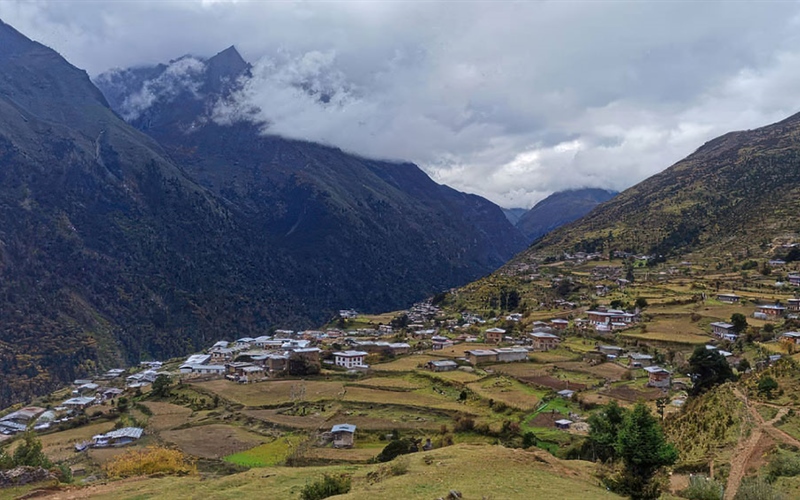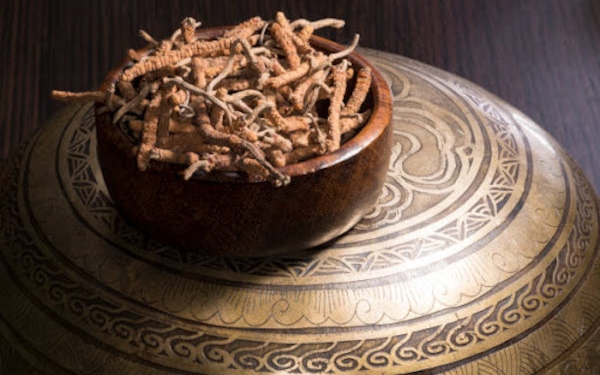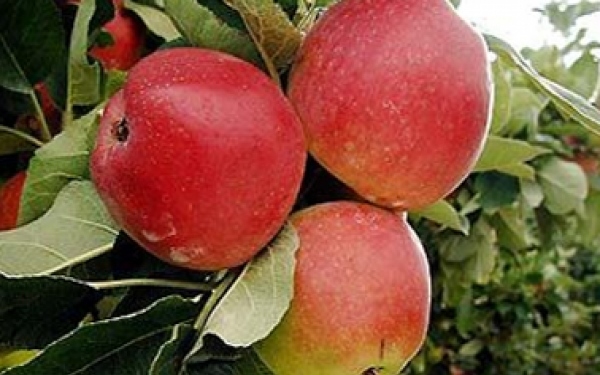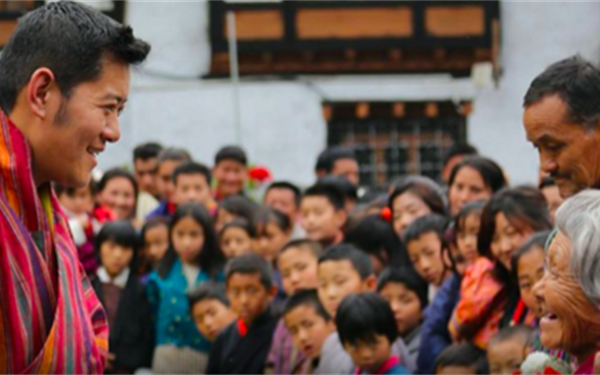Cordyceps sinensis, also known as Chinese caterpillar fungus, is a parasitic fungus found in Hepialus worms. During winter, the fungus spores enter the worm and develop its mycelium by absorbing the worm’s nutrients.
The worm later died when fully filled with the fungus mycelium. Upon maturity in the summer, the fungus grows out of the worm’s head to a length of about 3 to 10 cm.
In a detailed sampling research paper published by Wu, D.-T. et al. [1], it is proved that cordyceps collected from Bhutan is a rational alternative of natural C. sinensis, which is beneficial for the improvement of their performance in health and medicinal food areas.

Cordyceps Collection in Bhutan
In Bhutan, Cordyceps are mostly collected in the two main pristine alpine meadows of Laya, Lunana, and Bumthang. Other regions are also emerging in Trashiyangtse and Lhuentse.
In Bhutan, the government first implemented sustainable harvest guidelines in 2004. This allows only household members from registered local villagers to harvest cordyceps in Bhutan, within the village’s vicinity for a limited time in a year. To ensure the protection of the environment, the sustainability of the Cordyceps and the collectors, the collection is overseen by local leaders and forestry services, who also keep an eye out for poachers.
Cordyceps Auctions in Bhutan
Cordyceps harvesters will then dry the cordyceps, grade them accordingly and send them to the local auction markets before it becomes available to the rest of the economy. Auctions are restricted to registered Bhutanese traders.
Auctions are conducted in the township of Bumthang, Wangduephordang, Gasa, Paro, Thimphu, Lhuneshe and Trashiyangtse typically at the Gup Office (county mayor). This information is updated by the Department of Agricultural Marketing and Cooperatives,, part of the Ministry of Agriculture and Forests (MoAF) of Bhutan.
Cordyceps Export from Bhutan
All cordyceps exports from Bhutan must be accompanied by an export permit and certificate of authenticity from the Bhutan Agriculture and Food Regulatory Authority (BAFRA) and these will be inspected at all exit points in Bhutan.

About The Kingdom of Bhutan
Kingdom of Bhutan also known as the Land of Thunder Dragon is a landlocked country in South Asia. The tiny Himalayan nation is sandwiched between two giants, India and China. Bhutan was once isolated from the world until tourism began in 1974.
This enigmatic Buddhist Kingdom is well known for its unique culture, breathtaking landscapes and Gross National Happiness philosophy. Bhutan is also one of the world champions in environmental protection and agriculture is one of the main sources of income for the Bhutanese.
Hence, cordyceps are very unique and significant agricultural products for Bhutan. It is a truly intriguing country where one can only know and witness the charm by transporting themselves there physically.
Travelling to Bhutan
All tourists are required to go through a licensed tour operator such as Druk Asia to book their trips to Bhutan. The tour operator will assist you in managing all your bookings including visa application. Trips to Bhutan are highly customisable based on your interests. Your entire trip will be well taken care of from the moment you arrived in the airport. The landing into Bhutan has also been said to be one of the most thrilling and best experiences for some.
Paro International Airport is the only international airport in the country. Drukair currently offers direct flights to Paro International Airport, Bhutan from five Asian countries; Singapore, Thailand, Nepal, India and Bangladesh.








